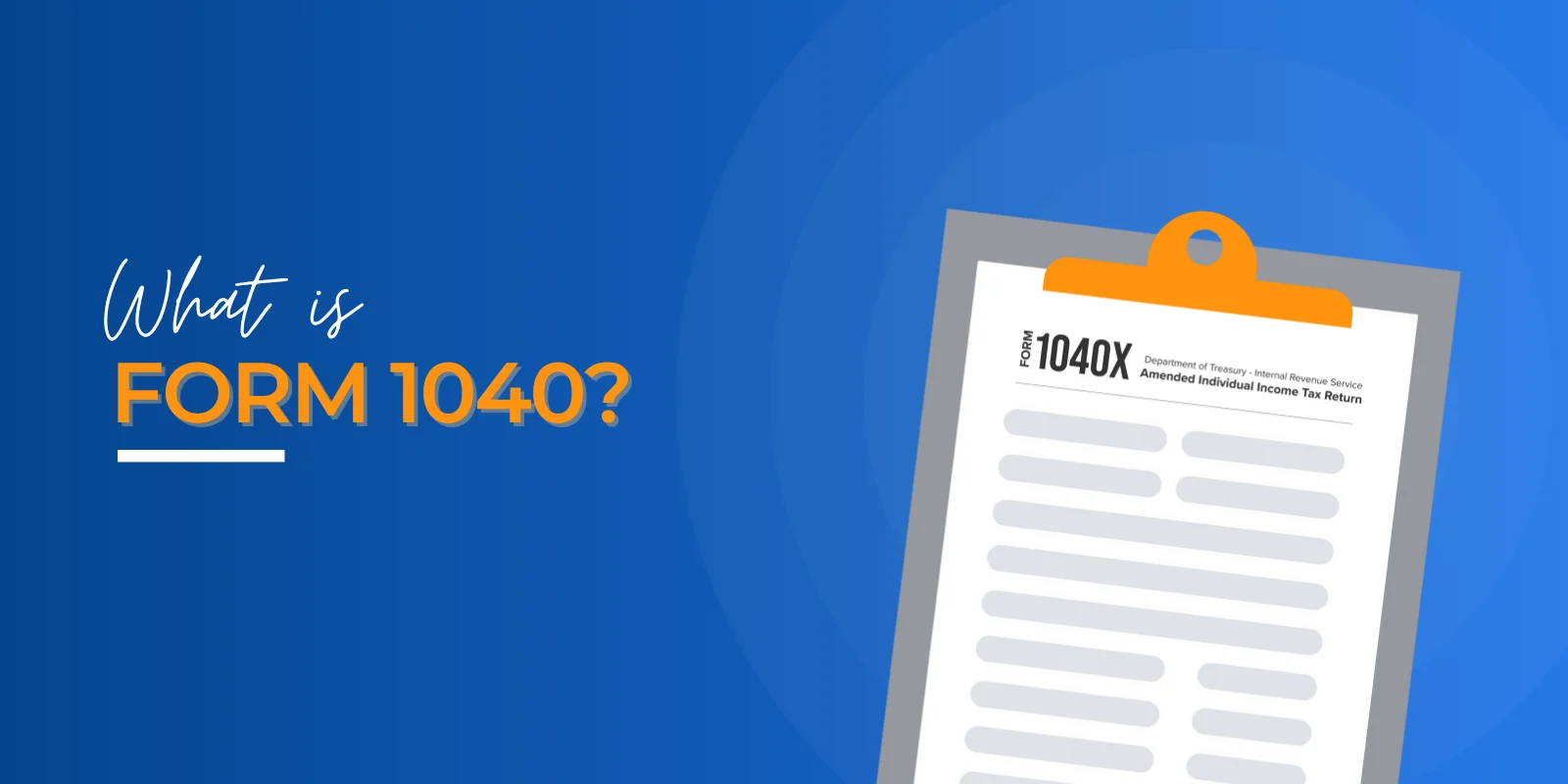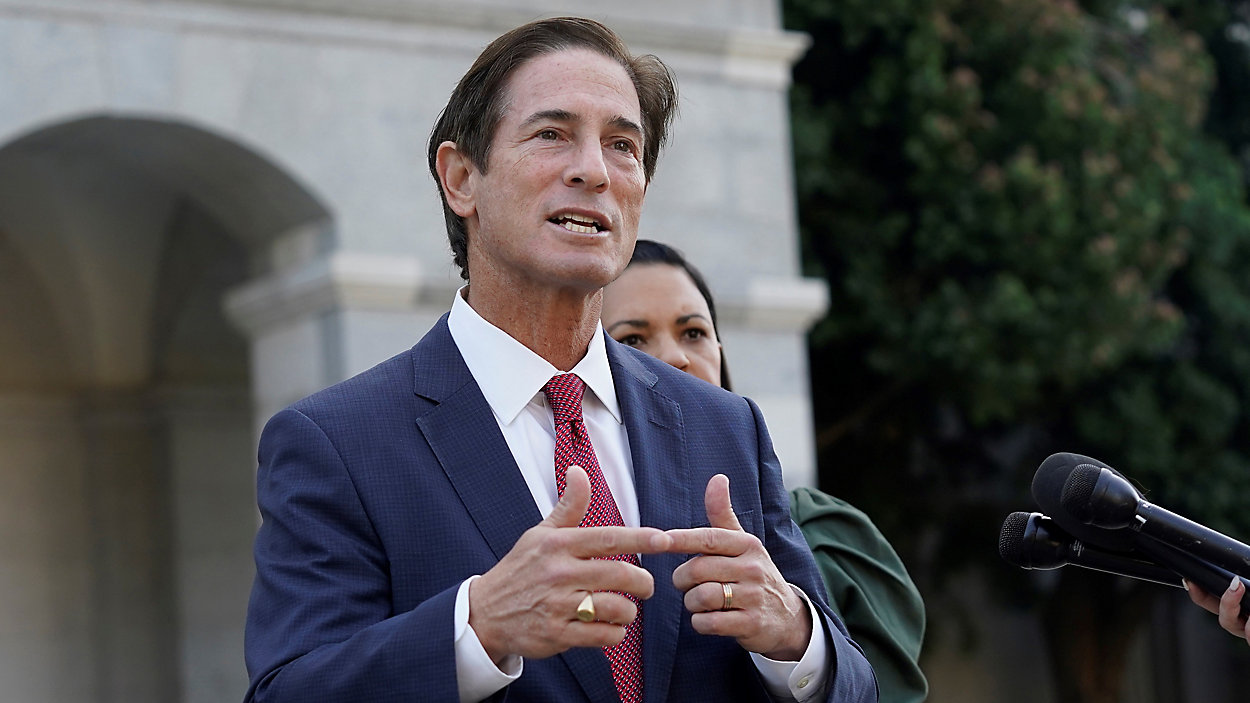The US Supreme Court will hear oral arguments on November 5, to determine whether the President’s emergency powers under the International Emergency Economic Powers Act (IEEPA) include the power to impose tariffs. If the Court strikes them down, many US consumers and businesses could temporarily breathe a sigh of relief, as this would render most of President Trump’s imposed tariffs illegal. However, even without IEEPA, many goods could continue to face tariffs.
The Trump administration’s Section 232 tariffs would remain in place, and the scope of these tariffs could potentially broaden over the ensuing months, especially if the President pursues other discretionary trade powers to impose tariffs.
Section 232 Tariffs and National Security Justification
As of 2025, the President has imposed Section 232 tariffs on steel and aluminum articles and derivative products, autos and auto parts, and certain copper products, ranging from 25 percent to 50 percent. Under Section 232 of Trade Expansion Act of 1962, the President can impose tariffs or set quotas if “an article is being imported into the United States in such quantities or under such circumstances as to threaten or impair the national security.”
However, before any tariffs or quotas can be imposed, the President must first direct the US Department of Commerce to open an “investigation” into said article, under which the department has 270 days to submit a report to the President with its determination.
Public Comment and the Exclusion/Inclusion Process
Within the 270-day window, Commerce will open a public comment period to receive input from businesses and other stakeholders. Once the public comment period has closed and the final report has been submitted to the President, the President has 90 days to determine the appropriate trade “remedy” to address the perceived national security threat. If the President chooses tariffs or quotas, he will issue a proclamation designating the product lines that will be targeted by the executive order. The President thereafter has broad discretion to alter the trade remedy at any time.
Following this, Commerce will establish an exclusion process to receive additional comment from industry, and the President can determine whether to exclude certain products from the trade remedy. Notably, the President has recently instituted an “inclusion” process, where businesses can request certain derivative products be added to list of goods that are subject to the Section 232 tariffs. This has led to a continually expanding list for steel and aluminum derivatives that face tariffs, such as furniture and other consumer goods.
Ongoing Section 232 Investigations
Currently, there are 12 ongoing Section 232 investigations. Section 232 investigations into steel, aluminum, and autos were initiated in 2018 and have since concluded. In the case of copper, the President imposed tariffs of 50 percent on August 1, before the final report has been submitted, as there is no statutory prohibition on implementing tariffs within the 270-day window. Of the 12 investigations, four are expected to conclude by the end of 2025. All these products are currently exempt from the IEEPA tariffs.
Table 1. Current Section 232 Investigations
Source: Federal Register; TaxA tax is a mandatory payment or charge collected by local, state, and national governments from individuals or businesses to cover the costs of general government services, goods, and activities. Foundation calculations.
Other Presidential TariffTariffs are taxes imposed by one country on goods imported from another country. Tariffs are trade barriers that raise prices, reduce available quantities of goods and services for US businesses and consumers, and create an economic burden on foreign exporters. Powers
The President has broad powers to regulate trade due to Congress delegating its authority through legislation since World War II. In addition to Section 232, the President has further powers under the Trade Act of 1974 to impose tariffs or other trade remedies that he could pursue if the IEEPA tariffs are struck down. Under Section 122 of this Act, the President could impose universal tariffs up to 15 percent to address “large and serious United States balance-of-payments deficits.”
While this could give President Trump the ability to resurrect IEEPA-like tariffs to address the trade deficit, the tariffs would expire after 150 days unless they were approved by Congress. As with President Trump’s other unprecedented trade actions, Section 122 has been invoked rarely, only once used under President Carter in 1977 to reduce oil imports.
President Trump could also limit his tariffs to specific goods or countries, as he did during first term. In 2018, he imposed Section 201 tariffs under the Trade Act of 1974 on washers and solar panels, tariffs that can be imposed if the US International Trade Commission determines that a domestic industry is “seriously injured” or threatened by imports. Those tariffs carry a sunset clause, typically four years, but can be extended up to eight. Notably, President Biden did not renew the Section 201 tariff on washing machines, while the tariffs on solar panels remain in effect until 2026.
Under Section 301 of the Trade Act of 1974, the President can target a specific country’s imports if that country’s trade practices are deemed “unjustifiable, unreasonable, and discriminatory,” following an investigation by the United States Trade Representative. In 2018, President Trump imposed Section 301 tariffs on a variety of Chinese imports, which would remain even if the IEEPA tariffs are overturned. Unlike Section 122 or 201 tariffs, these do not carry a sunset clause.
US Customs and Border Protection estimates that the tariffs collected through September 7, for fiscal year 2025, including those that were imposed in President Trump’s first term, have raised $145 billion in revenue. Of those, 55 percent of the revenue has been generated through the IEEPA tariffs.
Why Congressional Oversight Matters
A Supreme Court decision permanently enjoining the IEEPA tariffs would provide immediate relief to businesses and consumers and would hamstring the President’s ability to impose tariffs this broad in scope.
However, the President still has too much power to unilaterally impose tariffs because of Congressional legislation granting this authority, and the statutes themselves could benefit from clearer definitions on exactly what constitutes a “national security threat” or a “serious injury” to industry. Altogether, Congress should wrest back its trade authority from the President and resume its role in in levying taxes such as tariffs, as outlined in the Constitution under Article I.
Stay informed on the tax policies impacting you.
Subscribe to get insights from our trusted experts delivered straight to your inbox.
Subscribe
Share this article





























